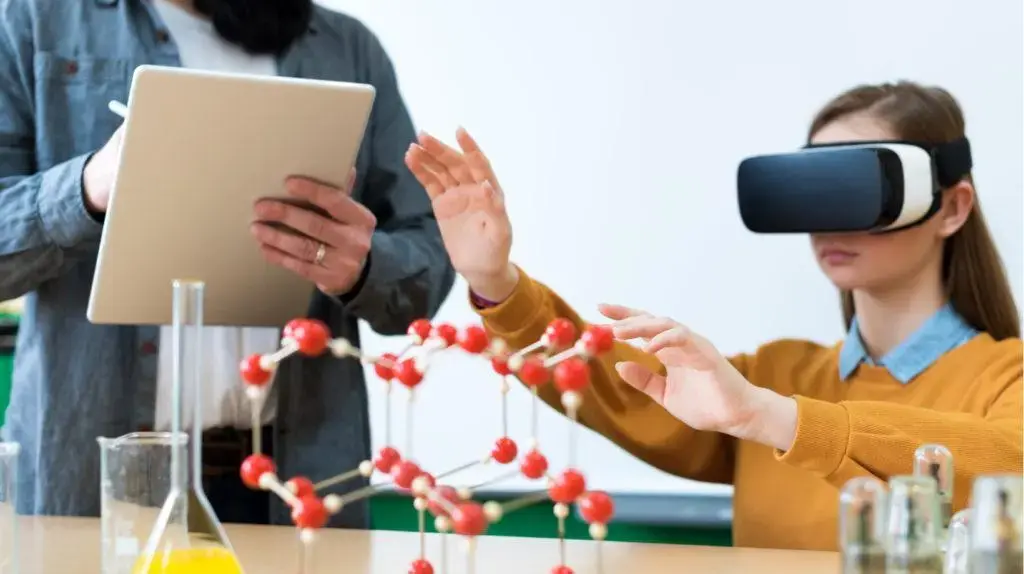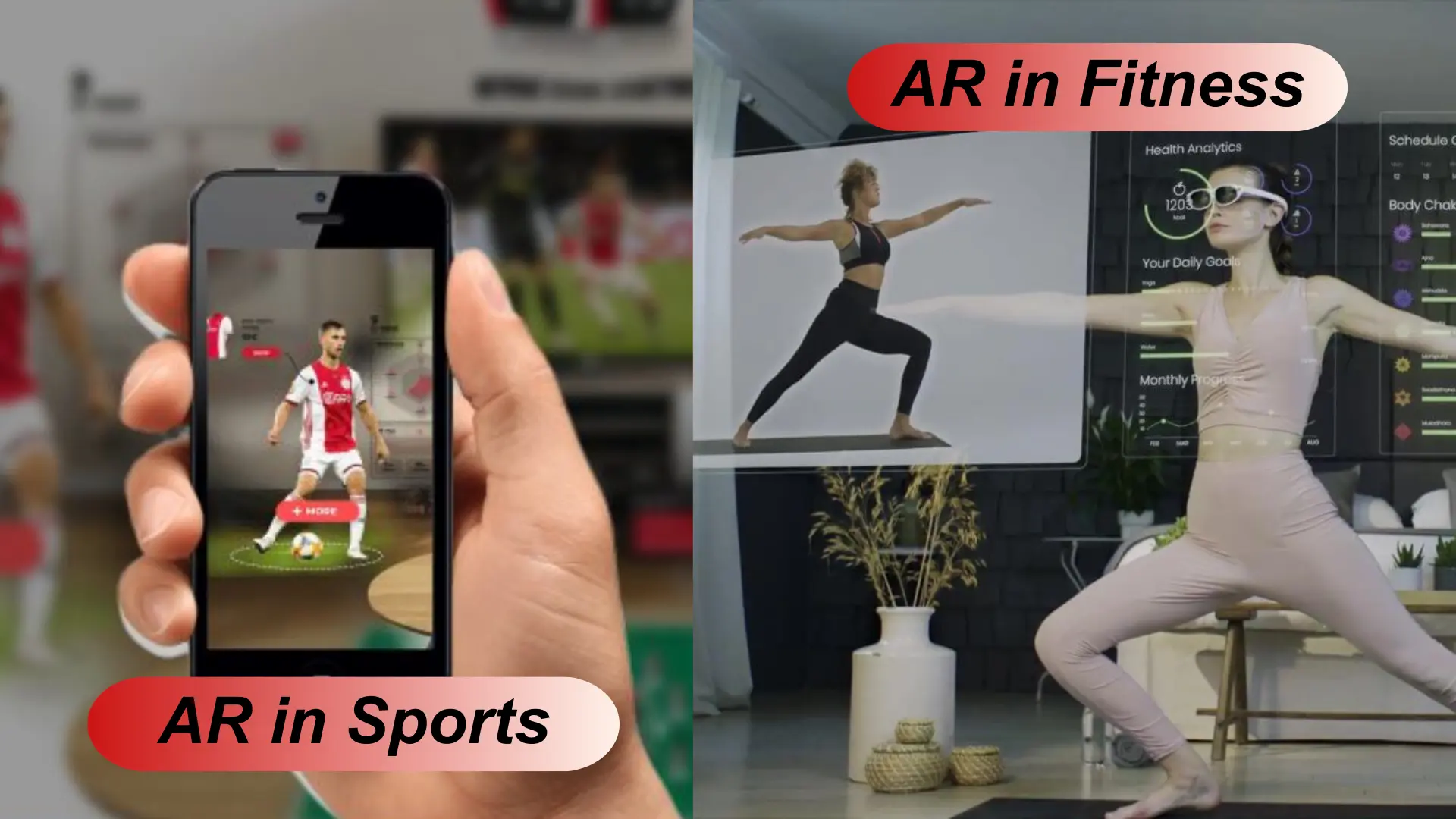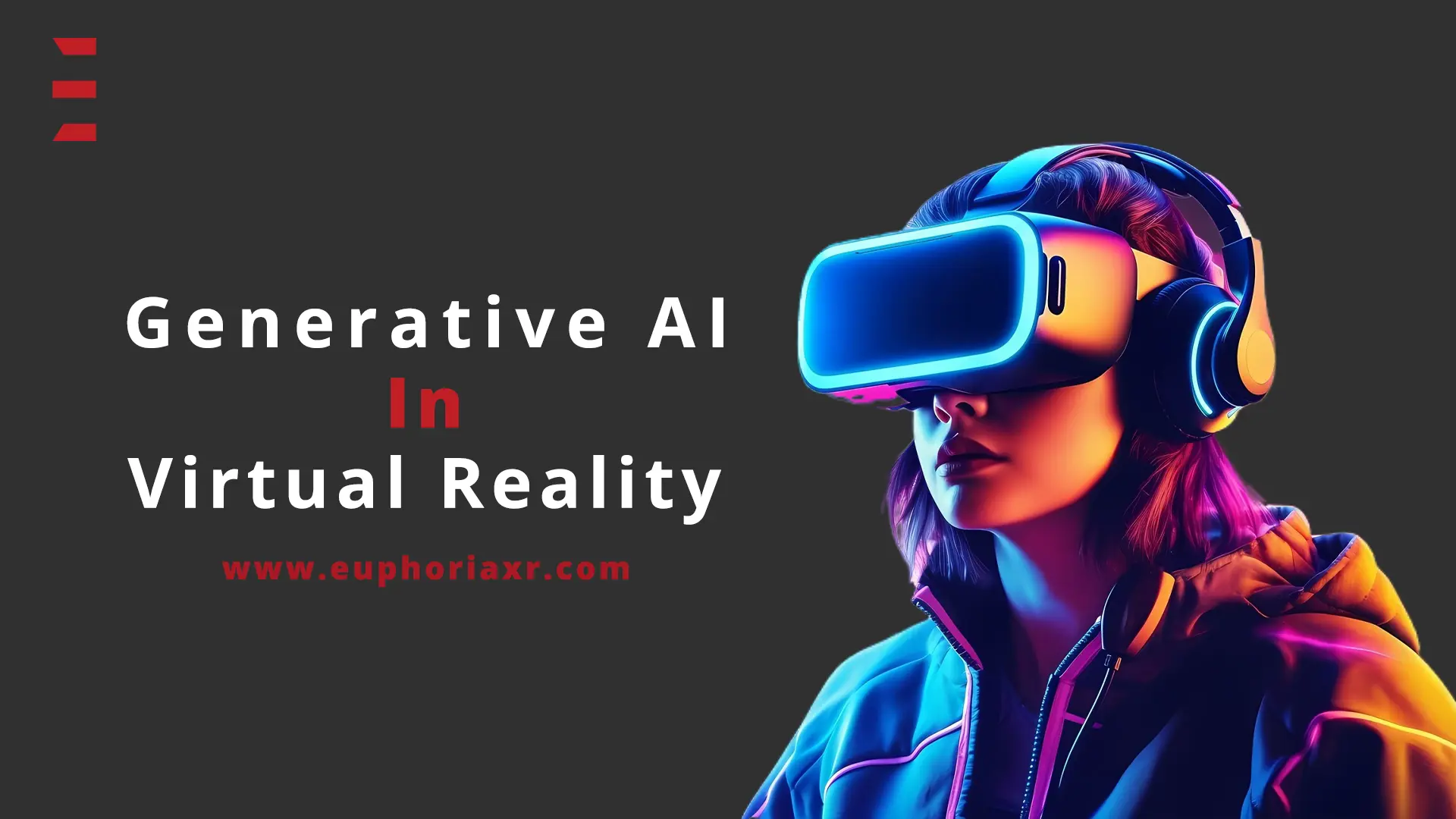Innovation is key to opening up new learning opportunities in the constantly evolving field of education. Virtual reality (VR) stands out among numerous technological improvements that have revolutionized educational settings, as it can significantly change learning. VR technology has revolutionized how teachers present courses to students and how they interact with knowledge because of its endless applicability and immersive qualities.
The exponential growth of virtual reality in education is not just a prediction but a reality backed by credible sources. Fortune Business Insights forecasts staggering growth, with the industry expected to reach $28.70 billion by 2030, a significant leap from $4.40 billion in 2023. This data underscores the increasing recognition of VR as a pivotal tool in modern education.
Let’s explore further!
What is Virtual Reality?
Virtual Reality (VR) is a type of computer-generated environment in which objects and scenes seem real, giving the viewer the impression that they are there. To view this environment, a virtual reality headset, helmet, or other equipment is used.
What is VR Technology in Education?
Virtual reality, or VR for short, is a virtual environment that resembles or diverges greatly from the real world. It immerses users in a digitally produced three-dimensional environment where they can interact with virtual items and objects that are real. Virtual reality (VR) technology provides an engaging environment for experiential learning in the classroom, allowing students to investigate ideas and situations in ways they could not have imagined.
The Rise of VR in the Education Industry
The introduction of virtual reality into the education sector shifted traditional teaching methodologies. By utilizing immersive experiences, teachers can accommodate different learning styles and overcome the limitations of conventional teaching methods. VR offers many opportunities for enhanced learning experiences, such as allowing students to conduct scientific experiments in a simulated laboratory, explore historical locations in social studies, or examine a virtual corpse in biology class.
Virtual reality’s main educational benefit is its potential to increase student engagement and retention. Studies have demonstrated that immersion learning environments increase knowledge retention rates and grab students’ attention. Virtual reality (VR) promotes curiosity and inquiry by actively integrating students into the learning process, which makes difficult subjects easier to understand and fun.
Exploring the Benefits of Virtual Reality for Students
With its ability to create immersive and engaging learning environments, virtual reality (VR) transforms education and provides students with abundant benefits. The following are some significant ways that VR might help students:
Personalized Learning Environments: Teachers can use virtual reality to create learning environments specific to each student’s requirements and preferences. Immersive simulations and adaptive learning algorithms make customized training possible, allowing students to concentrate on their weak areas and study at their speed.
Collaborative Learning Spaces: Virtual reality enables collaborative learning experiences, and students from various regions can communicate and collaborate in shared virtual spaces. This promotes cooperation, communication skills, and cross-cultural understanding among pupils in preparation for the globalized world.
Virtual Field Trips: VR breaks down geographical boundaries by providing virtual field trips to historical locations, museums, and world-class natural wonders. Without leaving the classroom, students can go on to immersive experiences that deepen their grasp of various subjects through first-hand research.
Skill-Based Training Simulations: In industries including healthcare, aviation, and engineering, virtual reality simulations offer a secure and affordable setting for skill-based training. Within a virtual environment, aspiring engineers can create and test prototypes, pilots can engage in flight simulators, and medical students can perform surgical operations.
Data Visualization and Conceptual Understanding: Immersive virtual reality experiences allow complex data sets and abstract concepts to be visualized and understood more naturally. Virtual reality helps with conceptual understanding through interactive visualization, whether used to explore the human brain at the cellular level or see mathematical functions in three dimensions.
Encouraging Creativity: Because virtual reality is immersive, it promotes students’ creative thinking by releasing them from the confines of conventional learning settings. Through the immersive experience of compelling simulations, virtual reality (VR) enables students to discover their creativity and imagine new possibilities.
Equality in Education: Virtual reality promotes inclusivity by giving all students equal access to immersive learning opportunities. Unlike traditional school travel, it guarantees that every student can participate in educational adventures regardless of financial or logistical constraints.
Memorable Educational Experiences: Virtual reality leaves students with enduring impressions and memorable learning opportunities that continue long after the VR session ends. These practical learning opportunities are excellent teaching resources because they encourage introspection and additional research in subsequent classes.
Step into the future of technology with our AR VR Development Consultancy! From concept to reality, we craft immersive experiences that redefine innovation. Let’s build your digital dreams together Join Now!
Hire Experienced AR VR Developers for Custom Solution
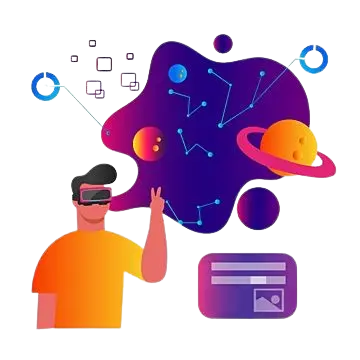
Using Virtual Reality in the classroom
Virtual Reality is used in the classroom in two ways: Immersion classrooms and VR headsets.
What are Immersive Classrooms?
Immersion classrooms are the latest form of using virtual reality in the classroom. These classrooms have projection systems, allowing students to see virtual surroundings projected straight onto the walls, providing an engaging visual experience. Immersion classrooms allow students to experience many locations and situations without using virtual reality goggles by submerging them in simulated worlds. As a result of this shared experience, students engage in conversation and collaboration.
Immersive classrooms offer a more welcoming atmosphere for learning than VR headsets, which could be problematic for certain students. Students can avoid any potential pain or challenges from wearing headsets by engaging in VR activities in a comfortable classroom environment. Due to this accessibility, all students can take advantage of the immersive learning opportunities provided by VR technology.
Benefits of Immersion Classroom in Primary Education
Immersion classrooms are favored in elementary education over VR headsets because they are user-friendly and allow for simultaneous monitoring of all students, which guarantees effective learning.
Working together to explore virtual environments with young students improves their ability to engage and communicate, which promotes holistic development.
VR technology allows equal access to immersive experiences, lowering social barriers and promoting general development in elementary school students.
Immersion classrooms offer a comfortable environment for interacting with virtual content and fostering skill development. They are beneficial for students who struggle with learning.
By incorporating VR into special education programs, educators can modify their curricula to suit their students’ requirements better, promoting material retention and improved skills.
VR Headsets for Education
Virtual reality headsets are an additional useful and popular method of integrating VR into educational environments. These stand-alone gadgets provide educational institutions wishing to incorporate immersive learning into their curricula with an affordable option. Schools usually need a set of VR headsets to accommodate a group of students and enable them to interact with VR content independently.
Before integrating VR headsets into lectures, teachers receive instruction on utilizing them effectively, offering a seamless integration into the curriculum. The main benefit of virtual reality headsets is their unmatched immersion, which gives pupils a realistic and memorable educational experience. VR headsets provide engagement and sensory immersion that improves learning, even though teachers need some initial setup and direction.
Benefits of VR Headsets in Secondary Education
With personal VR headsets, secondary students can experience greater autonomy and immersion.
Through VR headsets, students can interact directly with instructional information in a fully enclosed field of vision.
Students’ engagement increases and their understanding of challenging material is deepened through this immersive experience.
Secondary students require less help from teachers because they are more adept at using headsets.
Drawbacks of VR Technology In Education:
Virtual reality (VR) technology undoubtedly has many advantages in education but some disadvantages, too, which are as follows:
Cost: Investing in VR headsets, software, and hardware infrastructure can be expensive when implementing VR technology in education. Additionally, some educational institutions may need help to maintain and update VR technology due to continuing expenses.
Technical Problems: Since virtual reality technology is still in its infancy and development, it may experience compatibility problems or other technical glitches. These technical difficulties have the potential to frustrate teachers and students by interfering with learning activities and requiring fixing issues.
Accessibility: Not every student, particularly those from low-income families, may have equal access to virtual reality equipment. Disparities in access to VR tools and resources may limit VR technology’s potential influence in reaching all learners, which might worsen barriers to learning.
Health Concerns: Wearing VR headsets for extended periods may cause eye strain, motion sickness, or exhaustion, among other discomforts. This might be especially worrying for younger students, whose health and well-being must be prioritized throughout immersive learning experiences.
Content Quality: A key factor in VR education’s efficacy is the caliber of the information and how well it fits the learning goals. VR experiences that could be better thought out or unrelated could not produce valuable learning results and might even detract from the educational process.
Training Needs: Educators may need training to incorporate VR technology into their teaching techniques successfully. Knowledge and experience with virtual reality (VR) resources and software may be necessary to effectively integrate VR in the classroom and allow its possible benefits.
Ethical Concerns: Virtual reality (VR), like any technology, raises ethical issues related to data security, privacy, and digital citizenship. Educational institutions must carefully navigate these ethical issues to guarantee responsible VR technology use and protect the rights and welfare of their students.
Limitations of Immersion: Although VR seeks to produce immersive learning environments, it might not accurately capture interactions in the real world. Certain educational activities, including real-world presentations or laboratory experiments, could be difficult to recreate accurately in a virtual setting.
The Future of VR in the Education Industry
Virtual reality (VR) has a bright future in educational technology. VR technology’s incorporation into mainstream education is about to pick up speed as it becomes more widely available and reasonably priced, ushering in a new era of immersive learning opportunities.
In addition, new developments in hardware, like eye-tracking and haptic feedback, have the potential to transform the immersive experience completely. With these improvements, virtual reality (VR) will become even more successful as a teaching tool, increasing student engagement and comprehension.
Furthermore, VR will be enhanced by integrating Augmented Reality (AR) and Mixed Reality (MR) technologies, providing various interactive learning options. AR and MR will enhance learning experiences by seamlessly integrating virtual and physical aspects or overlaying digital content onto the actual environment.
Conclusion:
Regarding educational technology, virtual reality is a revolutionary force changing how things are taught and learned. Through immersive experiences, VR has the potential to democratize education by bridging socioeconomic and geographic divides and offering top-notch educational opportunities to students everywhere.
If you’re looking for advice and knowledge on using VR technology in the classroom, EuphoriaXR is a great resource for its VR development solutions. We can explore VR technology’s transformative potential and influence education for years by working together.
Frequently Asked Questions FAQs:
Why is VR important?
Virtual reality (VR) is significant because it offers engaging and interactive learning opportunities, improves engagement and retention, stimulates critical thinking and creativity, and makes previously inaccessible locations and experiences accessible.
How effective is VR learning?
Several studies and practical applications have demonstrated the great potential for virtual reality learning.
Virtual reality simulations in medical education enable trainees to rehearse and conduct surgery risk-free, improving surgical skills and results.
Through VR, students can become more proficient in the language by immersing themselves in virtual spaces to practice conversational skills and engage with native speakers.
Furthermore, VR-based training programs offer hands-on experience with complicated apparatus and scenarios in engineering and aviation, resulting in improved skills and safety measures.
How can VR technology be integrated into classroom settings?
Here are a few practical applications for virtual reality in education:
Virtual visits to monuments or historical sites
Modeling a range of geographical locations and climates
Enhancing STEM instruction
Utilizing virtual time travel to investigate social studies and history
Immersion-based language education
Chemical lab simulators and other secure settings for experimentation
Share Your Feedback!
Recent Posts
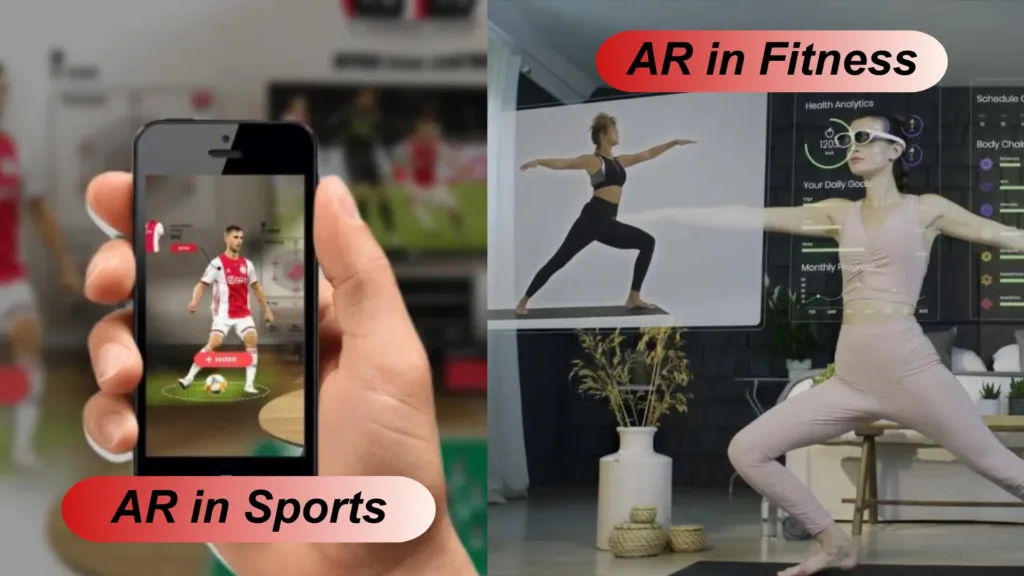
Augmented Reality in Sports and Fitness: Achieving Work-Life Balance
Are you ready to transform your workout routine into a grand adventure? The virtual and online exercise market is estimated at $6,046 million by the
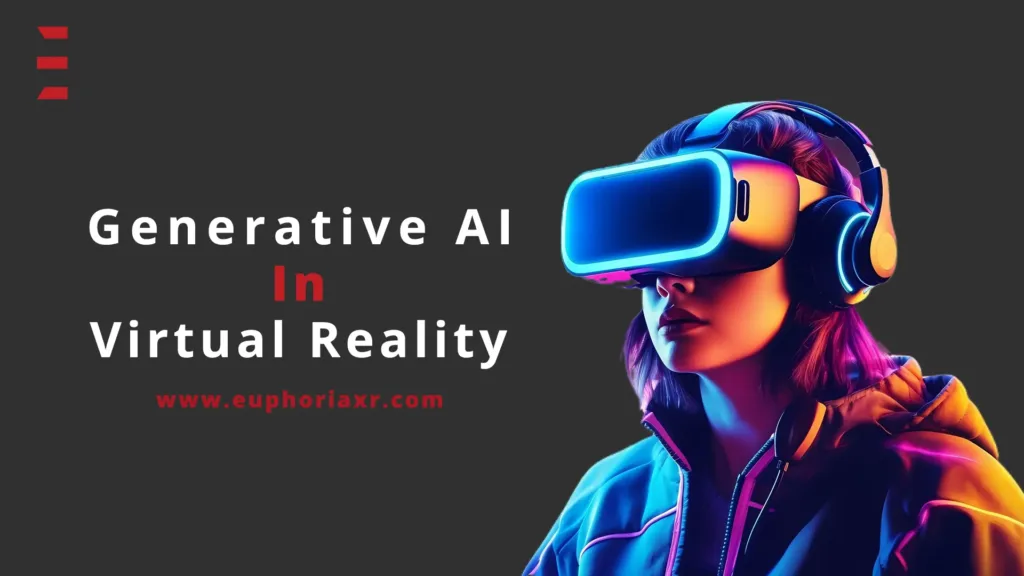
The Role of Generative AI in Virtual Reality
A recent analysis projects that the demand for generative artificial intelligence in the media and entertainment sector will reach over $1 billion by 2024 and
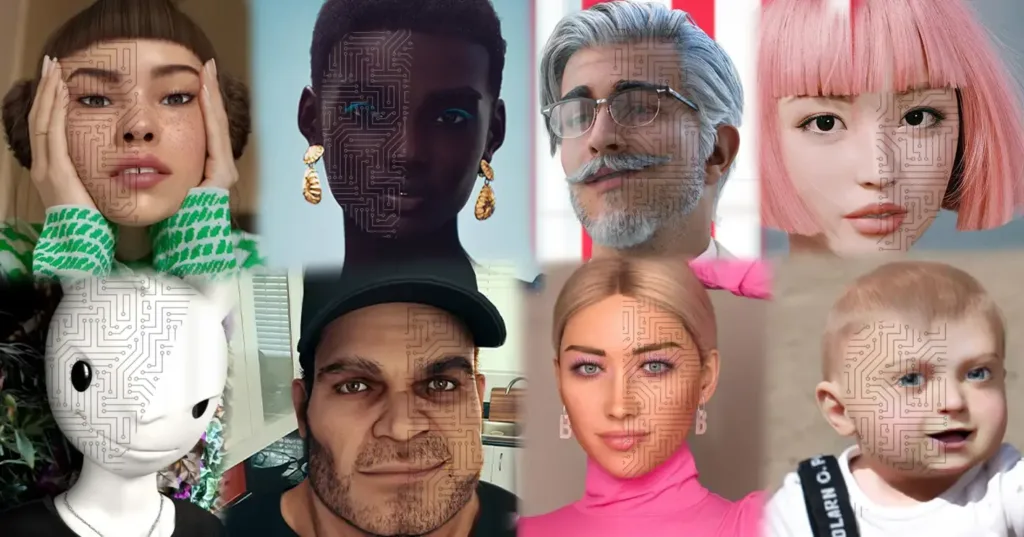
Top Virtual Reality Influencers in 2024
Do you remember when VR was a futuristic dream? It’s now a rapidly growing field with unlimited possibilities, and VR influencers are leading the charge.


